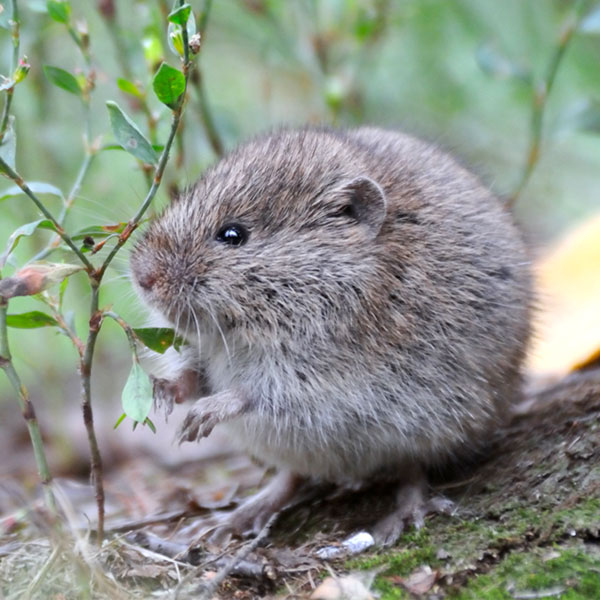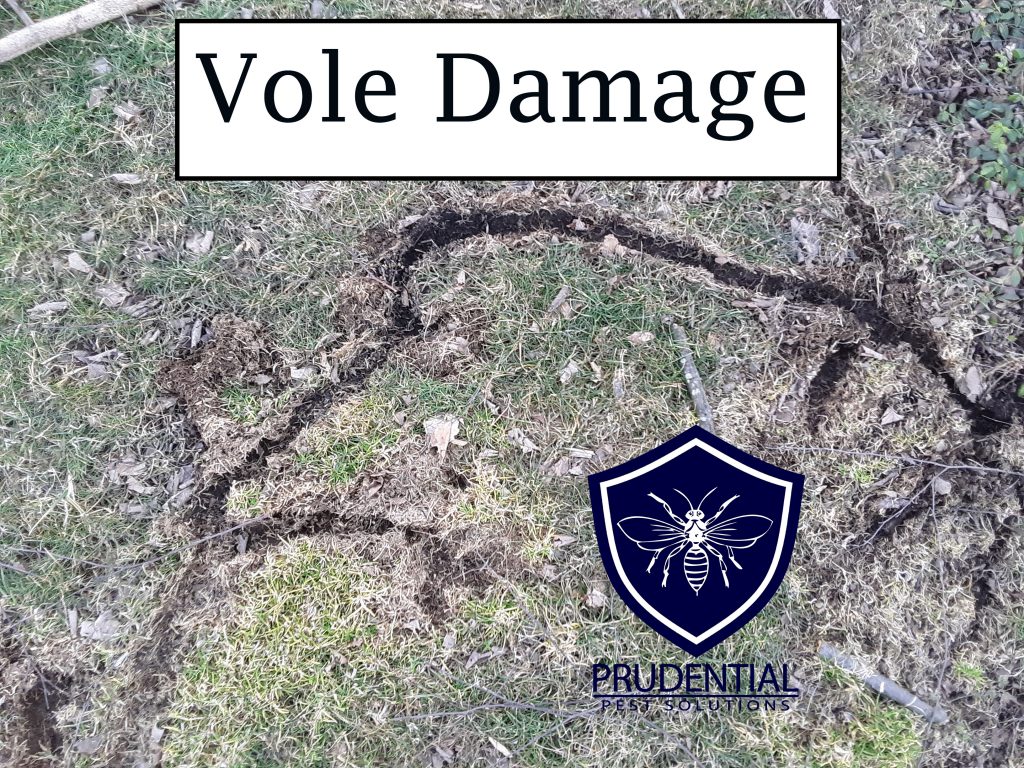Comprehensive Overview to Effective Vole Bug Control: Problem Identification and Treatment Methods
In the world of effective bug control, vole infestations pose a special obstacle that requires a strategic strategy. By discovering the subtleties of vole habits, recognizing key indicators of problem, and examining a range of control options, one can create an extensive technique to deal with these elusive bugs.
Comprehending Vole Actions
Vole behavior is characterized by their tunneling practices and fast recreation prices, making them a challenging parasite to regulate properly. These tiny rodents typically develop intricate passage systems underground, using them for sanctuary, food storage space, and transportation. Voles are herbivores, taking in a variety of plants, bulbs, lawns, and origins, which can trigger significant damage to gardens, orchards, and yards. Their rapid reproductive rate additional complicates control initiatives, with women efficient in creating multiple trashes in a single year, each having several spawn.
Recognizing vole habits is vital for effective bug control strategies. By recognizing their burrow areas, keeping an eye on feeding areas, and carrying out targeted control techniques, such as capturing or habitat alteration, vole invasions can be handled efficiently.
Signs of Vole Infestation

Avoidance Techniques
Carrying out effective avoidance approaches is essential in decreasing vole problems and protecting plant life from their destructive feeding behaviors (vole lawn damage). To prevent vole invasions, it is important to start by removing potential food resources and sanctuary. Maintain lawn and plant life trimmed short, remove weeds and particles, and keep a clean yard or yard to make the area less appealing to voles. Installing barriers such as equipment fabric or underground fence can likewise aid prevent voles from entering details areas. Additionally, decreasing excess wetness by fixing dripping pipelines and making certain proper water drainage can make the setting less hospitable for voles.
On a regular basis examining the building for indications of vole task, such as runways and delve openings, is vital for early detection and timely action. If vole task is believed, take into consideration using traps or repellents strategically placed near their paths.
Non-Lethal Control Techniques
To effectively handle vole populaces while focusing on gentle techniques, non-lethal control methods use practical solutions for decreasing vole damages in landscapes and gardens. These obstacles can be hidden at the very least 12 inches bent and deep at a 90-degree angle to stop voles from burrowing beneath.

Lethal Control Options
One efficient technique for attending to vole invasions in gardens and landscapes entails the tactical usage of lethal control choices. When faced with an extreme vole invasion that non-lethal methods have fallen vole control short to consist of, executing dangerous control procedures becomes critical. Overall, when employing lethal control choices, it is crucial to do so sensibly and in accordance with regional laws to properly handle vole infestations.
Verdict
To conclude, efficient vole pest control requires a comprehensive understanding of vole actions, recognition of indicators of infestation, implementation of prevention approaches, and application of both dangerous and non-lethal control techniques. By integrating these methods, individuals can properly manage vole populations and secure their residential property from damage. It is important to deal with vole problems promptly to avoid more problems and lessen the impact on the surrounding setting.
Given the elaborate passage systems and rapid reproduction prices characteristic of voles, recognizing the signs of vole invasion becomes vital in efficient bug control. One of the key indicators of vole presence is the existence of surface runways or tracks in turf or snow, normally regarding 1-2 inches broad, developed as voles take a trip between their burrows and food sources.To properly manage vole populations while prioritizing humane approaches, non-lethal control approaches use practical options for minimizing vole damage in yards and landscapes.One efficient method for dealing with vole problems in gardens and landscapes entails the strategic usage of lethal control choices. vole control.In conclusion, reliable vole bug control requires a detailed understanding of vole actions, recognition of signs of problem, implementation of prevention methods, and application of both non-lethal and lethal control approaches